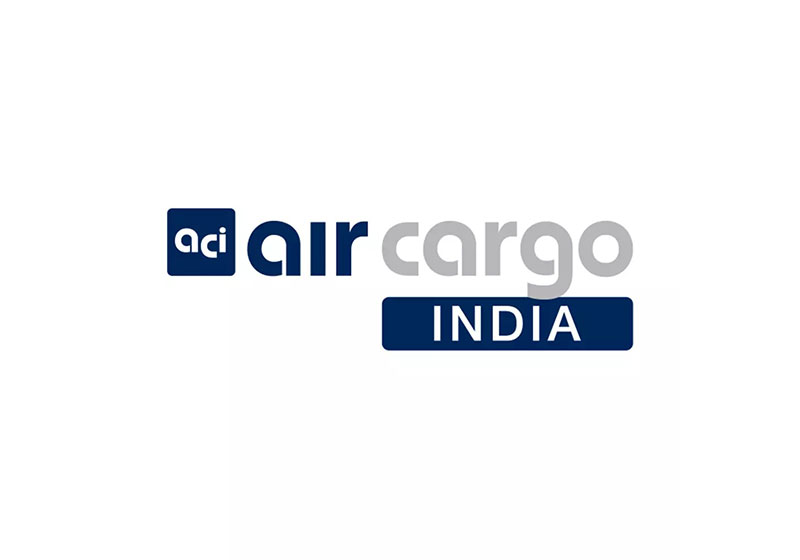CLIVE Data Services’ industry analyses for August 2021 shows volumes up 1% compared to the same month of 2019, before the pandemic took hold, and +19% versus August 2020. The biggest challenge for businesses importing and exporting goods by air remained the low level of available cargo capacity at -16% below the level seen in August 2019. CLIVE continues to measure and report air cargo market performance to pre-Covid 2019 levels, as well as providing 2020 year-over-year comparisons, to provide meaningful analyses of the current state of the market. Year-over-year, capacity was +18% compared to August 2020.
CLIVE’s ‘dynamic loadfactor,’ which measures both the volume and weight perspectives of cargo flown and capacity available to produce a true indicator of airline performance, was 66% for August 2021, +6% pts versus August 2019 or -1% pt under the same month of last year.
Resilient international demand for air cargo capacity in August versus a shortfall in supply pushed average global air cargo rates up 112% to their pre-Covid level as a local lockdown in Vietnam and the closure of cargo handling terminals at Shanghai Pudong International Airport after a handful of new Covid cases demonstrated the fragility of supply chains.
In interviews with the Wall Street Journal and South China Morning Post, CLIVE’s Managing Director, Niall van de Wouw, said even before the latest disruptions in Pudong and Vietnam, air cargo capacity was already tight due to fewer international passenger flights, with very full flights elevating rates significantly on prime intercontinental trade lanes. Rising demand is also being driven by the number of retailers having to pivot from traditional ocean freight-based supply chains to air cargo to replenish stock levels in time for their peak sales season.
The problem for the air cargo industry is not demand, it’s clearly capacity. The market is solid from a demand viewpoint, but it is currently based on a scarce and fragile infrastructure.
“Shippers want to see more cargo capacity from the return on airline passenger operations, but some signals suggest this may get pushed back again on intercontinental routes following the recent EU recommendation to pause on all non-essential travel from the US to Europe. For passenger airlines operating cargo-only flights, it’s all about the margin per flight and not about adding capacity to grab market share. Airlines want and need passengers back and I suspect airline cargo departments are anxious to see this too because of the pressure they are under to generate revenue – but even when cargo revenues double, if passenger revenues are down 80%, it’s not a sustainability situation for passenger airlines,” he commented.





